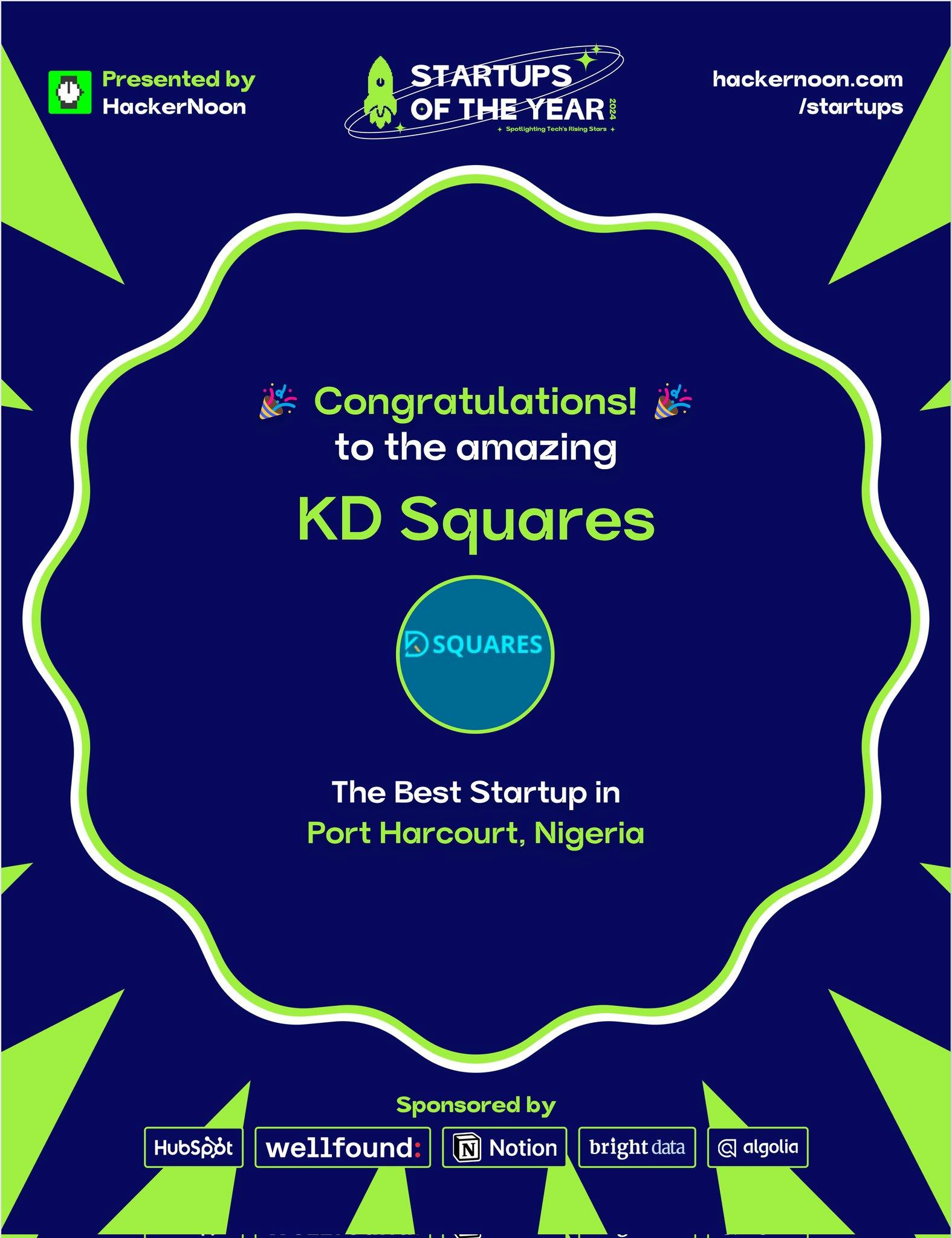Starting a YouTube channel is one of the most exciting ways to share your voice, create value, and even make money online. But let’s face it—getting started can feel overwhelming, especially if you don’t know where to begin. If you want to turn your YouTube channel into a real income source, this guide is for you.
I’m here to break it down step by step, using actionable advice and real-world scenarios to help you launch and grow a channel that can make money. I’ll share personal insights, proven methods, and everything I’ve learned on my journey to monetization on YouTube. Let’s dive in.
Step 1: Define Your Niche and Audience
Why is defining your niche so important?
If you want to succeed on YouTube, you’ve got to pick a niche that both excites you and attracts a dedicated audience. Your niche is what makes your channel stand out in a crowded field, and it helps you attract the right viewers.
When I first started creating content, I made the mistake of jumping from one random topic to another. It wasn’t until I narrowed down my focus that I saw real growth. For example, I chose to focus on affiliate marketing and digital marketing, which resonates with a specific audience. This gave me a clear direction and made it easier to grow a following.
Actionable Tip: Find your passion, then research the demand for your niche. Make sure there’s an audience interested in the content you’re creating. Use tools like Google Trends or Pinterest to see what people are searching for in your chosen field.
Step 2: Optimize Your Channel and Branding
The first impression counts.
When someone lands on your YouTube channel, it’s like the first time someone walks into your home or business. You need to make it inviting, professional, and compelling.
Start with your channel art, logo, and description. These are essential for building your brand identity. For example, when I rebranded my YouTube channel, I made sure my logo and banner were consistent with my blog’s theme and branding. This created a cohesive experience for my audience.
Actionable Tip: Ensure your channel is optimized for discovery by filling out your bio and using keywords relevant to your niche. This will make it easier for people to find you.
Step 3: Create Consistent, High-Quality Content
Quality over quantity, but consistency is key.
One of the biggest mistakes new creators make is thinking that they can “set and forget” their channel. In reality, posting consistently is essential to getting noticed on YouTube. But it’s not just about quantity—your content must be valuable, helpful, and engaging.
In the beginning, focus on creating content that answers your audience’s questions. For example, I started with simple “How-to” videos around affiliate marketing and digital products. These videos brought in views because people were searching for these solutions. Over time, I began experimenting with other types of content, such as product reviews, which also performed well.
Actionable Tip: Start by uploading once a week. Don’t worry if your videos aren’t perfect right away. Your goal is to get comfortable with the process, improve over time, and consistently deliver value.
Step 4: Master YouTube SEO
YouTube is the second-largest search engine.
SEO (Search Engine Optimization) isn’t just for Google—YouTube relies heavily on it too. If you want your videos to be seen, you need to understand YouTube SEO.
I didn’t realize how important SEO was at first, but once I started focusing on keywords in my titles, descriptions, and tags, my views increased significantly. For example, when I began using keywords like “affiliate marketing for beginners” or “how to make money on YouTube,” my videos ranked higher, making it easier for new viewers to find me.
Actionable Tip: Use tools like VidIQ to find high-traffic keywords for your niche. Make sure these keywords appear in your title, description, and tags. This will help your content show up in search results.
Step 5: Monetize Your YouTube Channel
The big question: How do you start making money?
Once you start gaining traction on YouTube, you’ll want to monetize your content. Fortunately, YouTube offers several ways to do this. Here’s a breakdown:
- Ad Revenue (Google AdSense): When your channel meets the eligibility requirements (1,000 subscribers and 4,000 watch hours in the past 12 months), you can apply for the YouTube Partner Program to start earning from ads.
- Affiliate Marketing: This is a big one. As someone who’s been in the affiliate marketing game for years, I can tell you it’s a great way to make money on YouTube. Include affiliate links in your video descriptions or create product review videos.
- Brand Sponsorships: As your channel grows, brands will pay you to promote their products or services in your videos.
- YouTube Super Chats and Memberships: If you go live, your audience can send money through Super Chats, or you can set up channel memberships where subscribers pay monthly for exclusive content.
Actionable Tip: Focus on building your affiliate income early on by promoting products you truly believe in. Add affiliate links to your video descriptions (and use the Lasso plugin for WordPress to manage them easily).
Step 6: Engage With Your Audience
Building relationships is the key to long-term growth.
If you want to turn your viewers into a loyal community, you need to engage with them. Respond to comments, ask for feedback, and make sure to create videos that your audience is asking for.
When I started engaging with my followers more consistently, I saw my community grow stronger. I made it a point to respond to comments and ask viewers what they wanted to see next. This not only built trust but also gave me more ideas for content.
Actionable Tip: End each video with a call to action (CTA). Ask your viewers to like, comment, and subscribe. Encourage them to share your videos with others.
Step 7: Analyze, Iterate, and Scale
You can’t improve what you don’t measure.
Once you start publishing videos, it’s time to look at your analytics. This is where you’ll see what’s working and what’s not. YouTube Analytics gives you insights into your audience’s demographics, watch time, traffic sources, and more.
I learned this the hard way—initially, I didn’t analyze my performance. But once I started paying attention to my most successful videos, I could replicate that success. For instance, I noticed that my “Amazon affiliate marketing” videos were performing better than my others, so I focused more on that type of content.
Actionable Tip: Track your video performance using YouTube Analytics. Focus on the metrics that matter most, like watch time and click-through rate, and adjust your content strategy accordingly.
Conclusion: Your YouTube Channel Is a Journey
Building a YouTube channel that makes money isn’t an overnight process. It takes dedication, learning, and a willingness to adapt as you go. But, with the right strategies, you can start earning revenue through ads, affiliate marketing, and more.
If you’re looking to accelerate your growth, consider joining my Ballen Blueprint Coaching Group, where I walk you through exactly how to scale your YouTube channel and monetize effectively. You can also grab my free affiliate marketing guide or take my course for a more hands-on approach.
Ready to get started? Follow these seven steps, and I promise you’ll be on the right path toward creating a YouTube channel that generates income.










